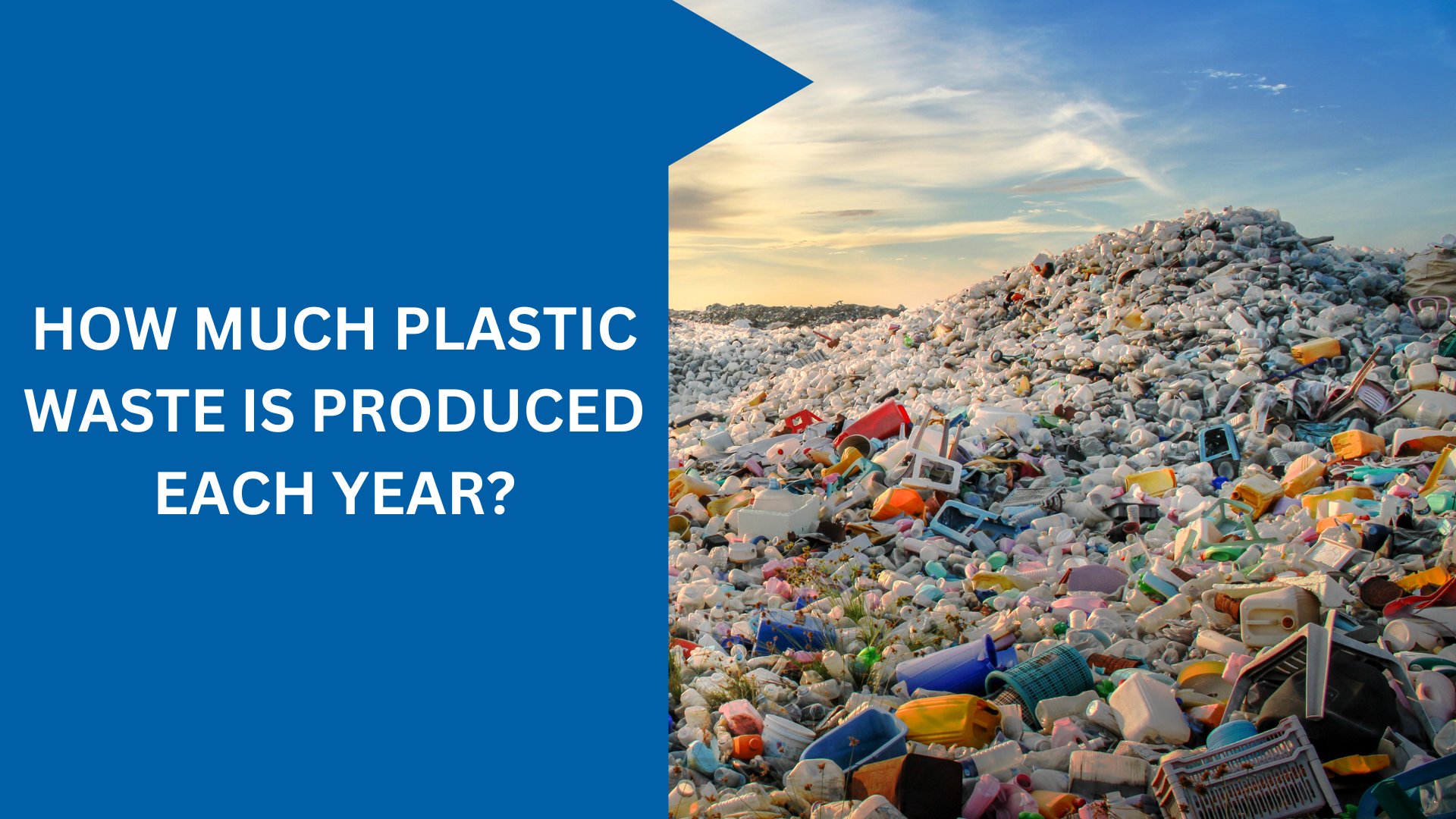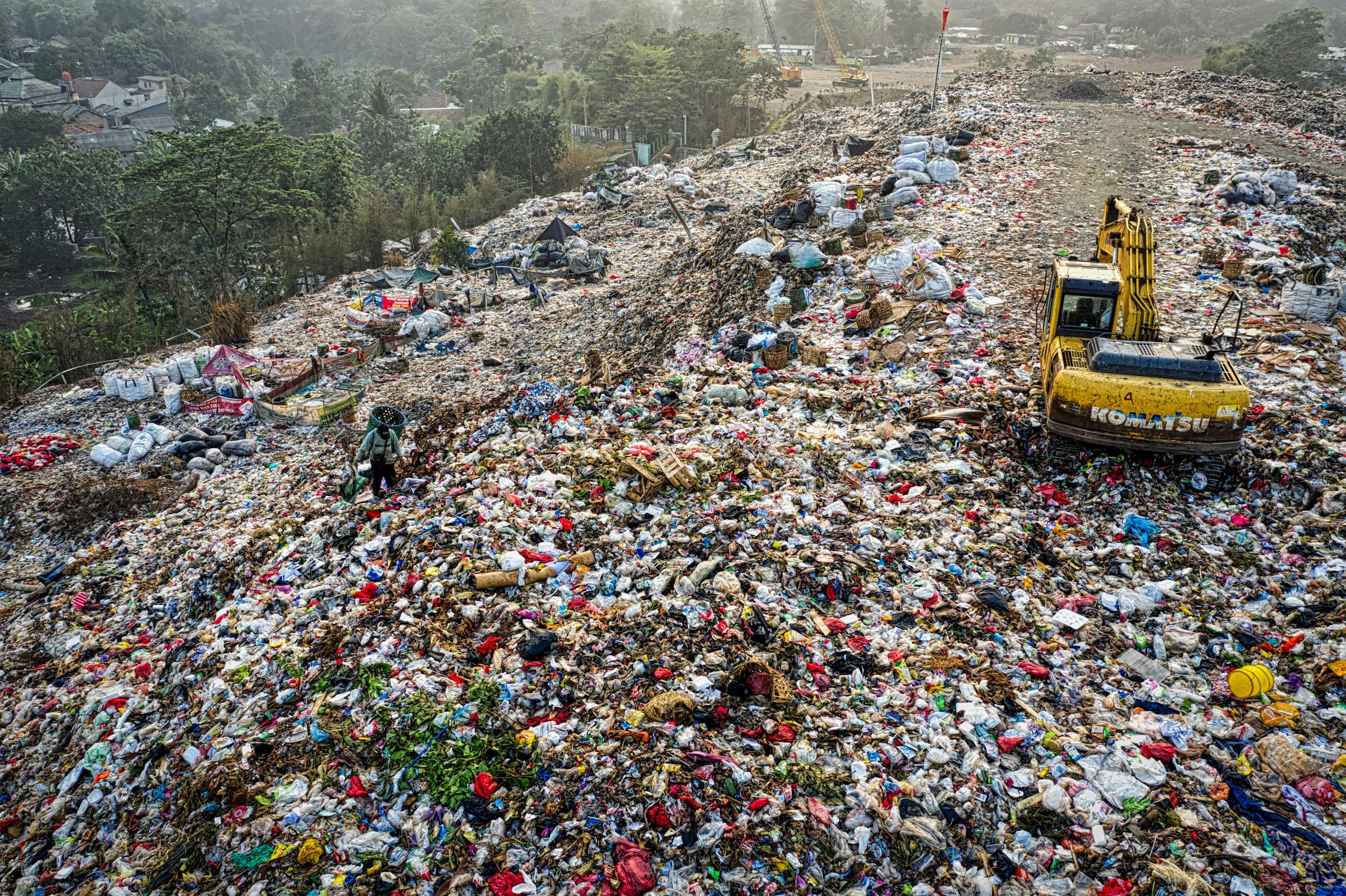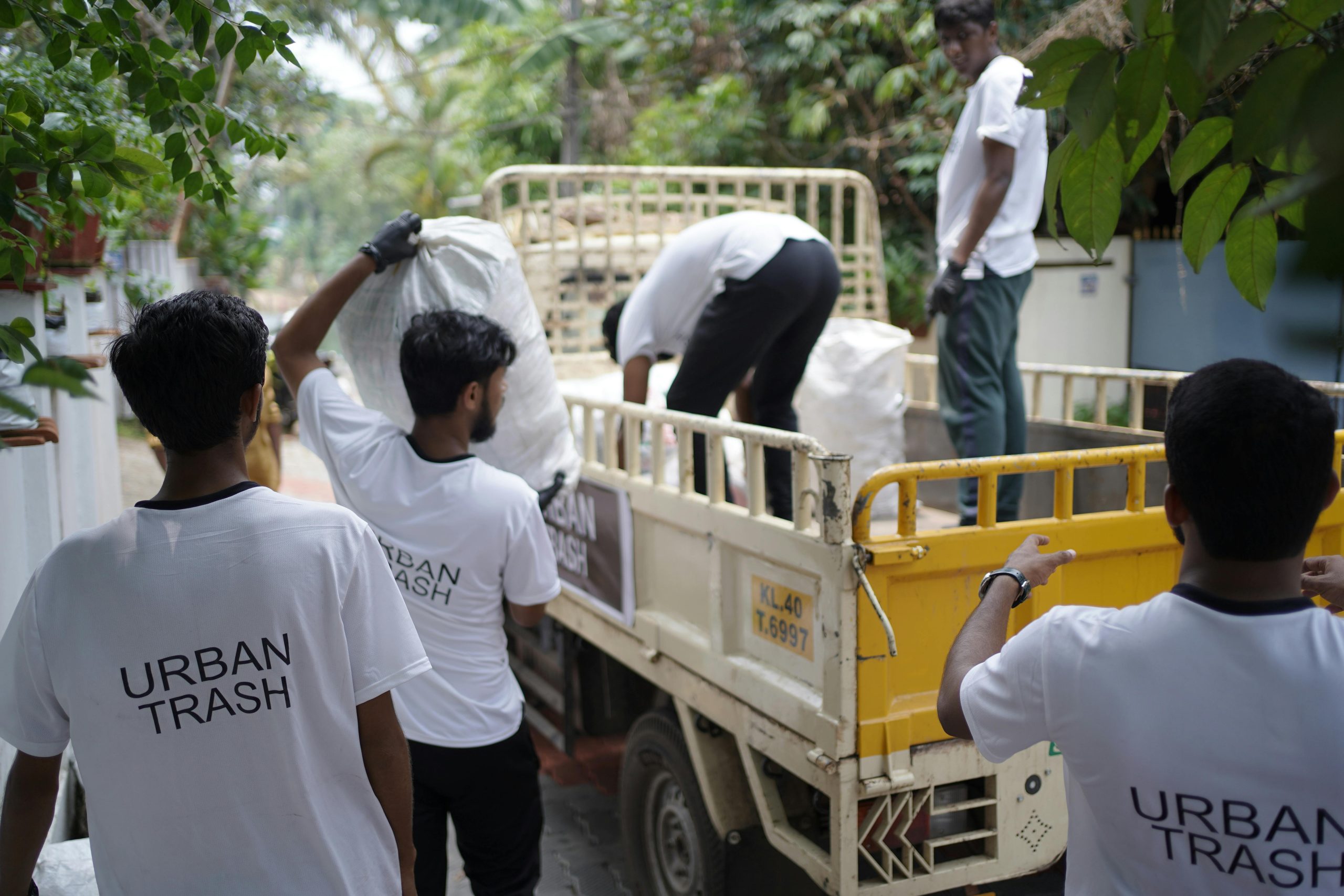What is Plastic Waste?
Plastic waste refers to the accumulation of plastic products and materials that are not disposed of properly and end up polluting our environment. This can range from single-use plastics, such as bottles and wrappers, to larger items like fishing nets and industrial plastics.
Sources of Plastic Waste
Plastic waste originates from a myriad of sources, including household, industrial, and commercial activities. The convenience and low cost of plastics have led to their widespread use and, subsequently, to the significant challenges we face in managing their disposal.
The Scale of the Problem
Annual Plastic Waste Production Globally
It’s estimated that over 300 million tons of plastic waste are produced every year worldwide. This staggering amount of waste contributes to a growing environmental crisis, affecting wildlife, waterways, and even human health.
The Biggest Contributors to Plastic Waste
While many countries contribute to the global plastic waste problem, a significant portion originates from a handful of countries, primarily due to inadequate waste management systems and high consumption rates.
The Impact of Plastic Waste on the Environment
 Effects on Marine Life
Effects on Marine Life
Plastic waste poses a severe threat to marine life, with millions of animals dying each year from ingesting or becoming entangled in plastic debris. This not only affects biodiversity but also the health of marine ecosystems worldwide.
Plastic and Climate Change
The production and disposal of plastic contribute to greenhouse gas emissions, exacerbating climate change. The lifecycle of plastics, from production to degradation, releases carbon dioxide and other harmful gases into the atmosphere.
Solutions and Innovations
Recycling and Its Challenges
Recycling is a crucial component of addressing the plastic waste crisis, yet it faces many challenges, including technical limitations, economic feasibility, and the need for greater public participation.
Alternative Materials and Sustainable Practices
Innovations in biodegradable materials and the adoption of sustainable practices in both production and consumption can significantly reduce the environmental impact of plastics.
Global Initiatives and Policies
Various international initiatives and policies aim to tackle the plastic waste problem by promoting recycling, reducing single-use plastics, and encouraging the development of sustainable materials.
How You Can Help Reduce Plastic Waste
Everyday Actions to Reduce Your Plastic Footprint
Individual actions, such as using reusable bags, bottles, and containers, can make a significant difference in reducing plastic waste. Mindful consumption and proper disposal of plastics are crucial steps everyone can take.
Supporting Policies and Initiatives
Advocating for and supporting policies that reduce plastic production and waste, as well as participating in local and global initiatives, can amplify the impact of individual actions.
Conclusion
The global plastic waste crisis requires a collective effort from individuals, industries, and governments worldwide. Through education, innovation, and action, we can mitigate the impact of plastic waste on our planet and pave the way for a more sustainable future.



 Effects on Marine Life
Effects on Marine Life